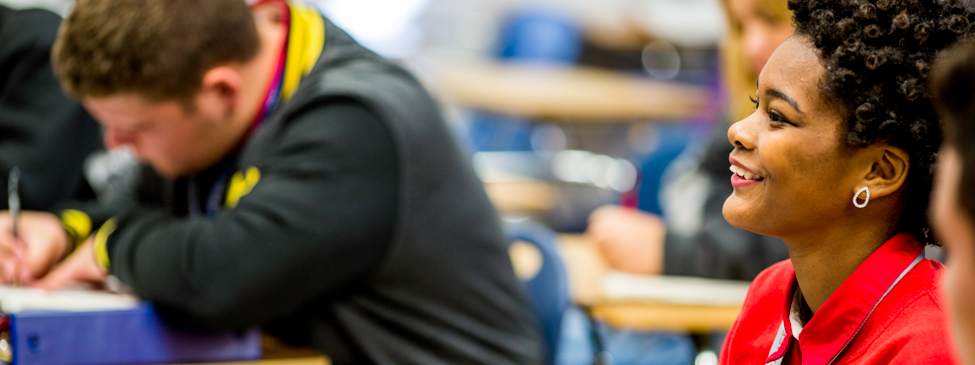Last week, on the 10th anniversary of the horror of thousands of people left to drown in one of our great cities, New Orleans was full of retrospectives. I was there attending the Urban League’s Katrina Commemorative Conference and talking to friends who’ve lived in New Orleans since before the storm. I don’t pretend to have any great insight about what happened there, or any profound thoughts on the many lives that were lost or shattered. As many have said far more eloquently than I can, Katrina was a tragedy and injustice of unspeakable proportions.
And yet, we have been speaking a lot about what came out of that tragedy in the decade since—particularly in New Orleans’ schools. The Katrina anniversary gave rise to many thoughtful analyses of the city’s educational revolution. But I’ve been struck by the fact that most of what we’re hearing is driven more by dogma than by facts. On all “sides” of the debate, we may be missing the more important message: that even in the most devastating circumstances, real improvement in our public schools is possible.
The narrative from supporters of the New Orleans approach to education reform is consistent: We’ve made a lot of progress, but still have a long way to go. From critics, we’ve heard skepticism about whether or not reforms have produced any meaningful gains, as well as concerns that the costs to adults in New Orleans were too high. Today, there are important conversations taking place about returning schools to the control of the local school board, and about the diversity of the teaching force and charter school boards.
These and other issues are worthy of debate. But it is hard to come up with any reasonable arguments that students—regardless of background—are not being better served by schools in New Orleans today than their predecessors were a decade ago. The achievement gap for low-income students in grades three through eight has been cut by two-thirds compared to students statewide. The graduation rate for students with disabilities is 17 points higher than that of their peers statewide. As Doug Harris of the Education Research Alliance for New Orleans notes about his meticulous study of the city’s educational performance since Katrina, “We are not aware of any other districts that have made such large improvements in such a short time.”
These gains translate to better educational experiences and brighter futures for tens of thousands of students—and they should conclusively answer any claims that only elites have benefited by changes to New Orleans’ schools. The fact that New Orleans went from a traditional district-run system with unionized teachers employed by an elected school board to a decentralized system in which teachers are employed by independent, non-union charter networks, shouldn’t obscure the magnitude of the change that the city’s schools and educators have accomplished.
What’s happened in New Orleans has been framed as an issue of privatization. In other words, charter schools versus district schools. But what we’re really talking about is a dramatic shift from top-down district management to a model where most of the decision-making power rests at the school level—with the people who are closest to students every day.
If the same changes had been implemented with different labels—if we were talking about schools getting broad autonomy over budgets and academic and talent strategies, but still as part of a district, with teachers as part of a bargaining unit—would the New Orleans story be controversial? I doubt it. (In fact, real-life examples of such change occurring without dismantling traditional structures are sparking little resistance.) And if that is true, the biggest lesson we should be drawing 10 years after Katrina is that it is possible to effect rapid, transformational change in school systems and improve the quality of education provided in doing so.
We don’t all have to agree on the theory of change. In fact, piloting different approaches in different school systems can only give us greater insight into how to get better results for more kids. But none of us, regardless of our stance on how to get there, should be satisfied with slow, incremental changes that treat the students of this year and next year with indifference—not when we can point to New Orleans and see what’s possible. It shouldn’t take a 100-year storm like Katrina to spur us to action. The tragedy of students leaving our school systems unprepared to thrive in college—or build a fulfilling career—ought to be tragedy enough.



